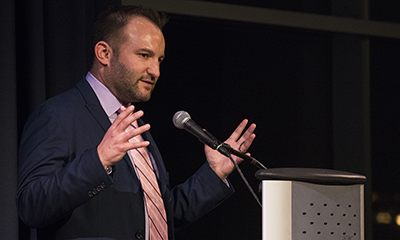 HUH? Proofing for Clarity and Meaning
HUH? Proofing for Clarity and Meaning
Rule #1: It has to make sense
Like many of you who review other people’s writing, I generally use the standard proofreader’s marks.
For the most part, they do a good job on the grammatical and layout problems I find.
But over the years, I’ve learned the symbol I need and use most isn’t in the standard toolkit. It’s simply a big, handwritten, “Huh?”
“Huh?” Speaks to what is always my primary concern: does this copy make sense? Will readers get this? Depending on my level of concern or confusion, I’ll sometimes add more question marks or exclamation points.
I generally add a quick note that points the writer to the source of my confusion:
“I’m not following you,” or “What’s your point?” or “This conclusion’s not supported by the material you’ve presented.”
As proofreaders and reviewers, we’re the audience’s advocates, and our goal is always error-free writing, zero-defects. We don’t want readers distracted from getting our message.
But in the great scheme of things, and especially in today’s instant-messages-by-smartphone world, a tiny typo or violation of some arcane grammar rule is, for most readers, a misdemeanor when compared to the felony charge of faulty logic, unsubstantiated claims or sentences that just don’t make a clear point.

Proofing for meaning
There are lots of reasons writers sometimes deliver copy that doesn’t make sense to a fresh set of eyes: Short deadlines that prevent a sufficient number of rewrites, inadequate research, even a boss who insists on a conclusion that’s not consistent with the facts.
Whatever the reason, “Huh?” has been an effective, non-threatening way to get the writer’s attention and start a discussion about the perceived problem and possible solutions.
In today’s environment, where there’s so much content and where people are quickly skimming multi-megabytes of information, we don’t want to miss our one fleeting chance to make our point. If our writing’s not crisp and clear, if we skip a connecting thought or leap to an illogical conclusion, we’re going to lose those readers. And in today’s marketplace, we may not get them back.
There’s a long-standing tenet in the medical profession: “Physician, first, do no harm.”
My advice for those in our field: “Communicator, first, make sense.”


Leave A Comment